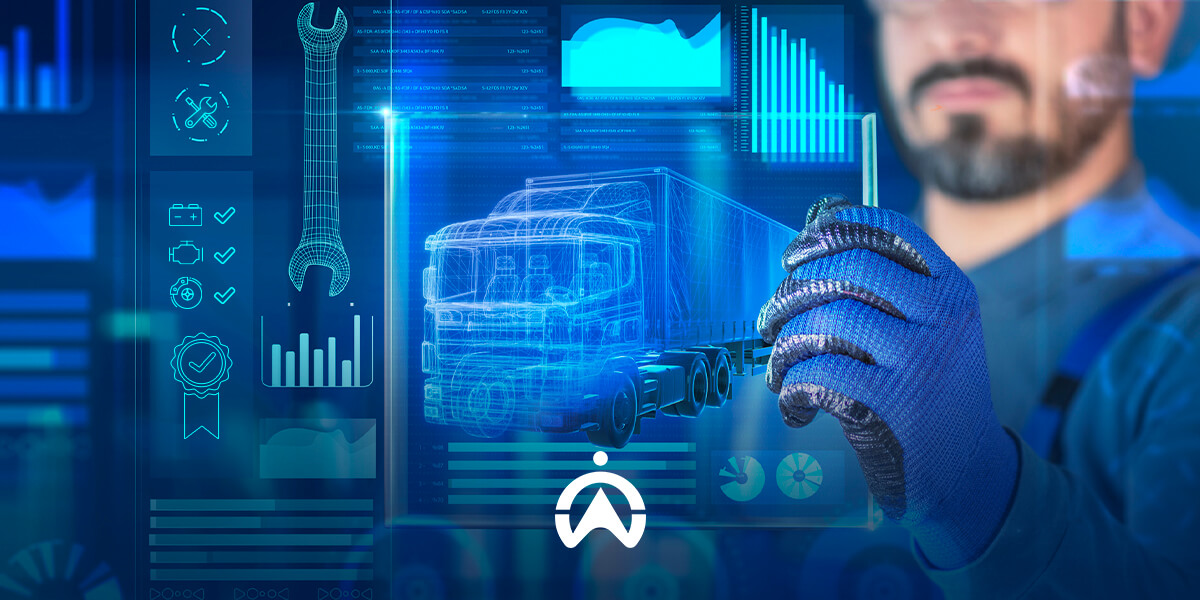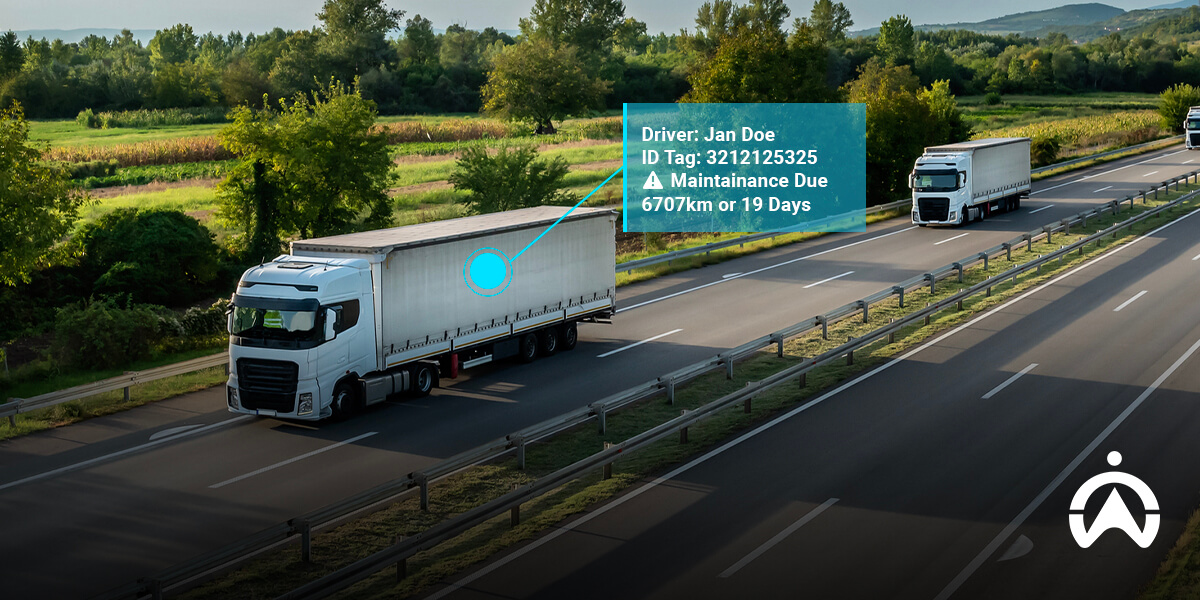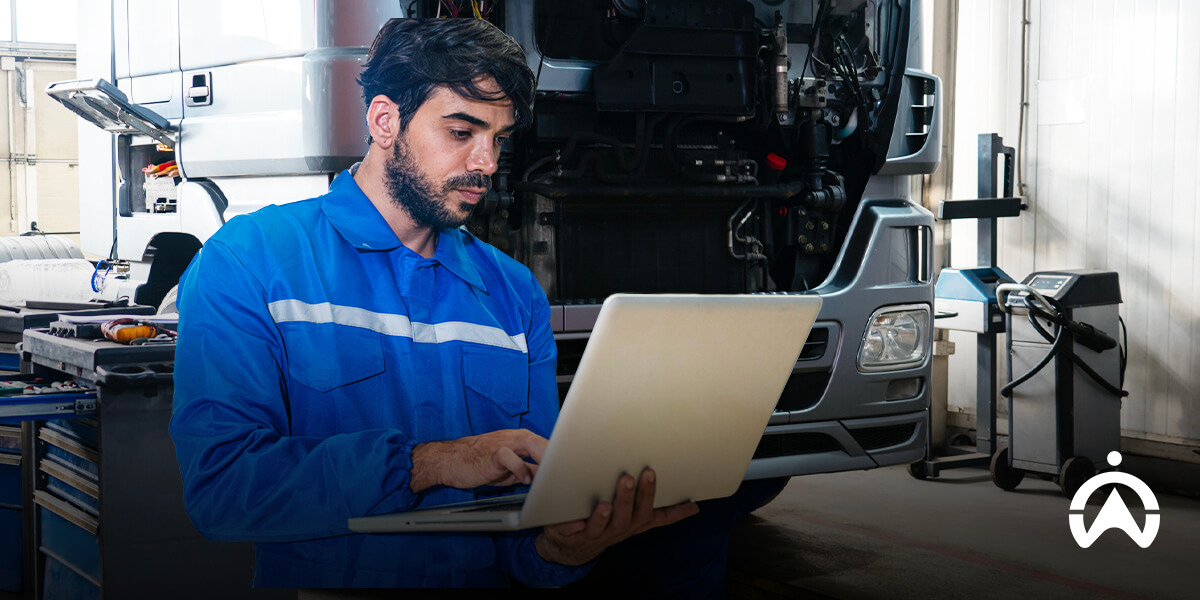- Solutions
- The Company
- About usCartrack offers smart fleet solutions guaranteed to optimise your fleet and workforce, no matter how big or small your business.
- Investor RelationsCartrack has a history of strong cash flow generation and cash conversion, low financial leverage and strong dividends.
- CareersCareers portal. View all the current Cartrack career openings and opportunities available.
- Resources
- Contact Us
- Bahasa
- Login
Digitalisasi Pemeriksaan Armada dengan Aplikasi Cartrack

---- 2024/02/12 ---
What is vehicle inspection?
Vehicle inspection is a procedure mandated by the government to ensure that vehicles conform to established safety and emission standards. It entails a comprehensive scrutiny of a vehicle’s components, functionalities, and adherence to said standards, ensuring the safety and reliability of your vehicles.
This comprehensive assessment encompasses an array of components and systems within the vehicle, from brakes and tires to the exhaust system and the engine. Each of these elements needs to go through extensive scrutiny to ensure they are functioning at their optimum level. Vehicle inspection ensures that fleet managers are always aware of the state that their vehicles are in.
Why is vehicle inspection so important for fleets?
As a fleet manager, you are aware that regular vehicle inspections are essential for keeping your fleet vehicles running effectively and safely. Vehicle inspections are a trackable indicator of the state of your fleet vehicles. Regular inspections help you proactively identify problems with your vehicles, allowing you to rectify any existing or potential mechanical issues.
Here are some of the reasons why vehicle inspection is so important:
- It promotes safety on the road: Vehicle inspection helps you identify any potential issues in the vehicle that can cause accidents and other safety risks. An example of this is brake failure. According to the National Road Safety Strategy (NRSS), brake failure is the second most significant mechanical cause of car accidents on South African roads, accounting for 11.4% of all car accidents.
- It prevents unplanned downtime: Maintenance concerns that are left unattended can lead to unplanned downtime. By quickly identifying maintenance needs, vehicle inspection helps you spot potential issues before they become serious and lead to temporary or permanent downtime.
- It increases driver productivity: Regular inspections translate into decreased downtime, meaning that drivers can stay on schedule and complete all of their tasks with little to no delays. Also, well-maintained vehicles, due to regular inspections, operate more efficiently, which allows for faster task completion.
- It maximises fleet vehicle lifespan: Regular inspections help extend a fleet’s lifespan as potential problems are identified quickly before they turn into a more serious issue This reduces the need for premature replacements, allowing you to get the most out of each vehicle.
- It boosts cost savings: Regular inspections can lead to lower maintenance costs by identifying and addressing issues before they become significant, expensive problems.

What’s at risk if you don’t inspect vehicles?
Not conducting vehicle inspections can pose significant risks, affecting both safety and legal compliance. Here are a few risks any fleet manager would desperately want to avoid:
- Increased accident risks: By failing to properly inspect vehicles, the risk of accidents occurring is increased. This leads to financial repercussions that can negatively impact the running of the fleet.
- Unplanned downtime: When you don’t frequently inspect vehicles, it leads to unplanned downtime, which not only disrupts schedules but also affects the productivity of your fleet.
- Poor maintenance and safety: Lack of effective inspection leads to poor maintenance of vehicles, which increases the risk of mechanical failures and safety hazards on the road.
- Non-compliance and fines: When vehicles aren’t inspected, a fleet may fail to meet regulatory standards, leading to non-compliance fines and penalties. This negatively impacts the fleet's finances and reputation.
What is digital vehicle inspection?
Digital vehicle inspection (DVI) is a process that makes use of digital technologies to inspect vehicles and maintenance processes in the fleet industry. This digital version of vehicle inspections uses digital tools and software to conduct accurate and efficient vehicle inspections.
By replacing traditional paper-based inspection methods such as paper-based checklists and manual vehicle inspections, digital vehicle inspections allow technicians to perform, document, and communicate vehicle inspection findings more efficiently and accurately.
What are the key components of an effective digital vehicle inspection system?
- Compatible mobile device or tablet: Digital vehicle inspection software should be available for use on mobile devices or tablets. This eliminates the need for paper checklists and enables real-time data entry and reporting.
- Checklists: Digital vehicle inspection software should provide standardised and customisable inspection checklists and templates that cover various aspects of vehicle health, including engine, brake, tyres, and vehicle fluids. These checklists are tailored to the different vehicles being used, along with inspection purposes.
- Communication tools: Digital vehicle inspection systems must be able to generate comprehensive reports that are easily shareable amongst managers and drivers.
8 reasons you should consider digitising your fleet’s vehicle inspection process
In a world where everything is going digital, making your fleet vehicle inspections as paperless and seamless as possible, is something worth considering, here are 8 reasons why:
- It saves time and frees up resources: Digital vehicle inspection streamlines the inspection process by digitising it. This enables inspection data to be captured in real time, and instantly transmitted to a centralised database. This means faster reporting, quicker decision-making, and reduced administrative time, freeing up resources for more pressing tasks within the business
- It improves data quality and accuracy: By making use of standardised checklists and real-time data capture, digital vehicle inspection ensures that all essential components of vehicle inspection are systematically checked, reducing the chances of oversight and human error associated with manual data entry.
- It enhances security and accessibility: Digital vehicle inspection minimises the need to physically store documents, a process that can result in the loss or damage of forms. By facilitating the real-time transfer of information, it ensures seamless accessibility to essential inspection documents and data from any location.
- It enhances communication: Digital vehicle inspection systems provide real-time access to inspection results and reports, which enables immediate communication of findings to fleet managers and drivers. This open communication streamlines collaboration and ensures timely action on potential.
- It reduces fleet expenses: By streamlining inspections, reducing errors, and improving communication, digital vehicle inspections lead to increased cost savings by reducing labour costs, and maintenance costs, and improving asset utilisation.
- It improves preventative maintenance: Digital vehicle inspection can analyse historical inspection data to identify vehicle patterns and trends, enabling preventative maintenance practices. This proactive approach can help prevent unexpected breakdowns, reduce repair costs, and extend your fleet's lifespan.
- It enhances driver safety: This data-driven approach collects day-to-day information on drivers and fleet vehicles, making it easy to quickly identify and address potential vehicle issues as soon as possible. This translates to fast, proactive intervention, which helps enhance driver safety by reducing the risk of accidents.
- It encourages data-driven decision-making: Digital vehicle inspection enables the centralised storage of inspection data in digital systems. This enables fleet managers to gain valuable insights into vehicle performance, maintenance trends, and potential areas for improvement. This ensures that they can make data-driven decisions to optimise your fleet operations.
How Does Cartrack Indonesia Preventive Maintenance Work?
Our preventive maintenance plans use automatic diagnostics, vehicle hours used, and last service time to predict when a vehicle will need maintenance. Cartrack Indonesia preventive maintenance helps entrepreneurs extend the life of their vehicles and reduce maintenance costs.
The platform integrates with various systems, working to not only automate processes but also customize operations. This integration reduces repetitive administrative tasks and allows all team members (drivers and fleet managers alike) to easily access or upload information from one easy-to-use platform.

4 benefits of having a preventive maintenance schedule in business
Cartrack Indonesia's preventive maintenance schedule is designed to help businesses manage their fleets more effectively, avoid unexpected downtime, reduce maintenance costs and increase vehicle lifespan. This can be done by helping:
Get access to real-time alerts: Cartrack Indonesia can provide businesses with real-time alerts about any vehicle problems, including engine failure, worn brake linings, oil and water fluctuations, and other diagnoses. This is an important part of helping fleet managers quickly predict which vehicles need maintenance. Not only that, but live alerts also help see which vehicles will be out of service and when they will be available again.
Building seamless automated maintenance schedules: The Cartrack Indonesia platform can automate maintenance schedules for each fleet using hours of use and last service time. Fleet managers can use this to alert drivers about scheduled maintenance on equipment they previously used, helping to keep workflow uninterrupted. Maintenance schedules enable trouble-free maintenance and service routines, preventing driver frustration and preventing fleet unavailability. If the fleet is not available, the fleet manager can immediately assign a new vehicle to the driver.
Get customizable reports: Fleet managers have the option to access hundreds of reports or get reports tailored to their specific needs, then delivered to their inbox. This ensures fleet managers have all the information they need at their fingertips. These reports allow businesses to analyze various aspects of their fleet operations (including engine performance, fuel consumption, vehicle usage, and vehicle location) to optimize fleet management and ensure they are not faced with unexpected problems.
Receive automatic maintenance reminders: Never miss a maintenance schedule with Cartrack Indonesia's automatic service reminders. By using real-time vehicle diagnostics to establish effective maintenance schedules, Cartrack software sends automatic reminders that alert fleet managers that vehicles need to be inspected. This helps fleet managers plan maintenance effectively and minimize unscheduled time.
Enter into a digital era of vehicle inspections with Cartrack
The world of fleet management is constantly evolving, and with the digitisation of vehicle inspection, you don’t want to be left behind. Unlock time savings, improved driver safety, and reduced fleet expenses for your fleet in a few simple steps.
Contact us today and say goodbye to paperwork, admin, and human error in your vehicle inspection process.













 Select Countries
Select Countries